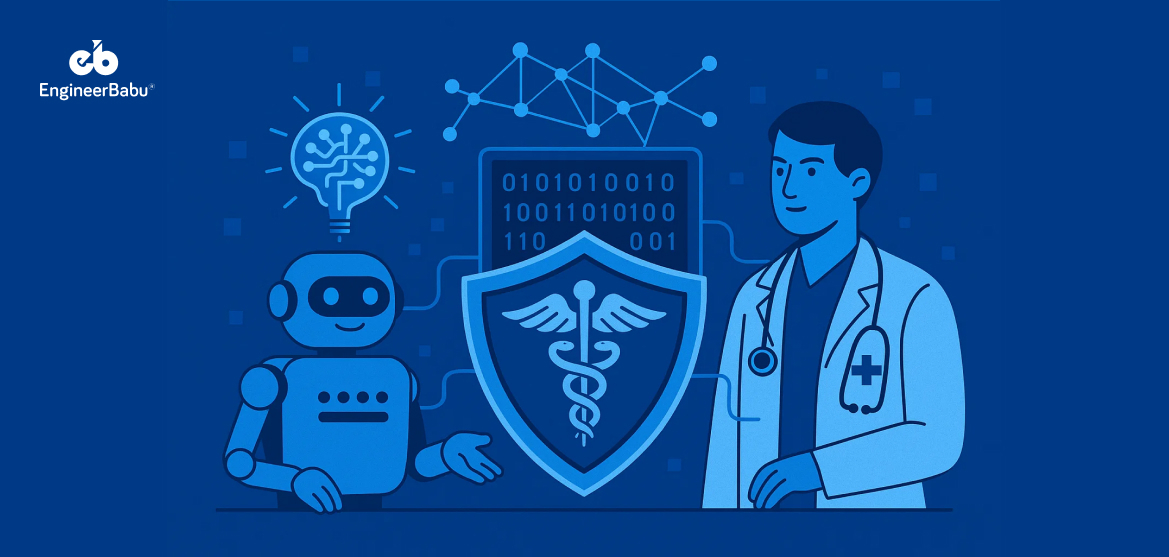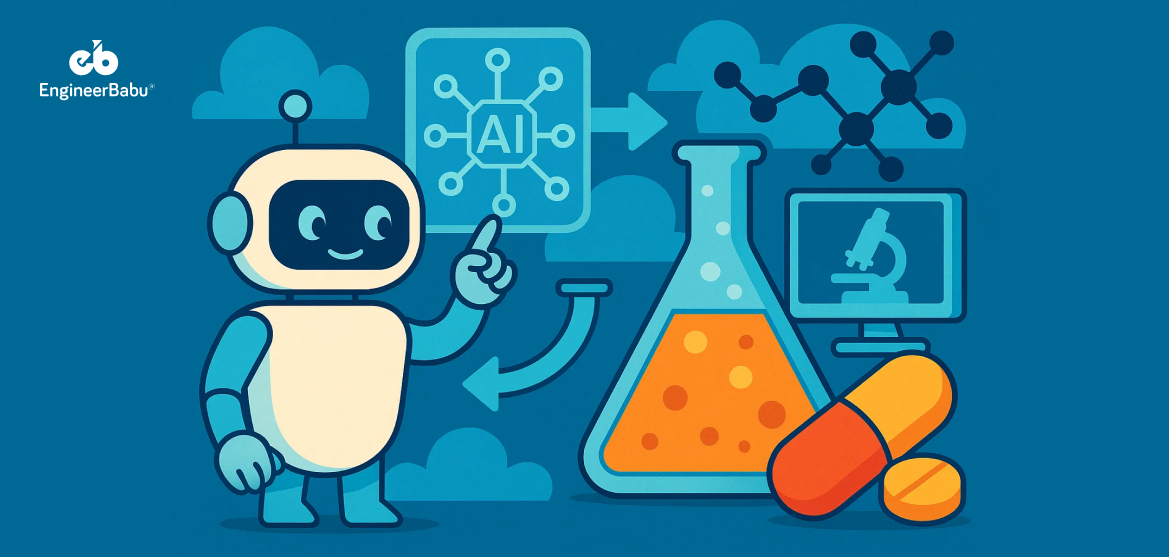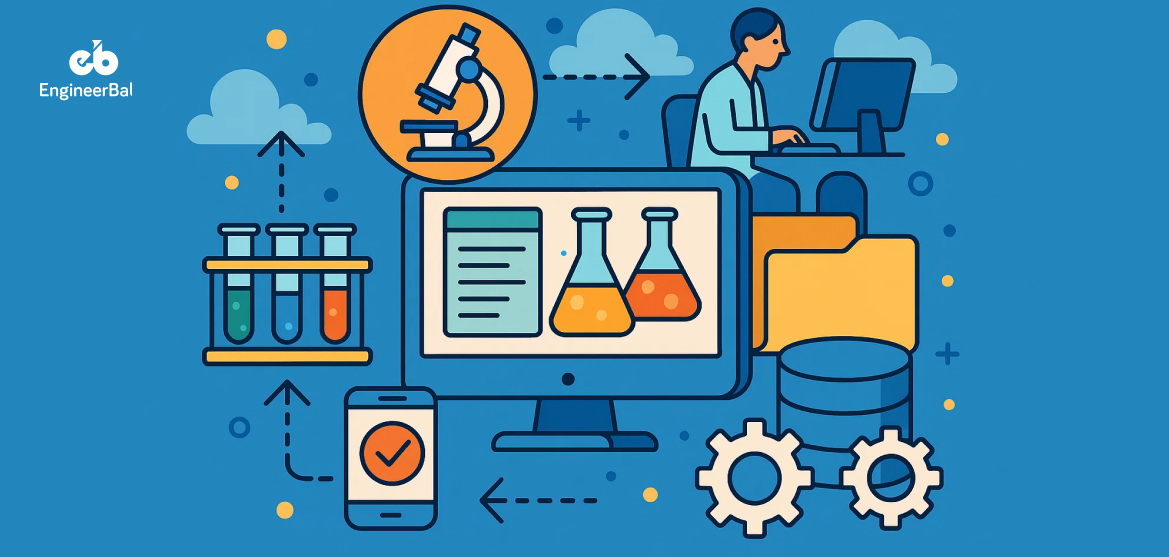A woman in a remote village in Madhya Pradesh just completed her second prenatal checkup—without leaving her home. Her blood pressure was monitored by a local ASHA worker using a Bluetooth device, the data was uploaded to a telehealth app, and within 15 minutes, a gynecologist from Indore had reviewed her vitals and adjusted her supplement dosage. Ten years ago, this kind of access would have been unthinkable.
This is not a tech showcase. It’s a quiet, real shift in how healthcare reaches India’s rural populations—and it’s happening faster than expected.
Telehealth apps are doing what decades of infrastructure investment couldn’t: connecting patients in underserved geographies with real-time medical expertise. They’re bypassing long waits, travel costs, and systemic gaps by putting a clinic in the palm of a phone.
But this shift isn’t just about video calls—it’s about managing chronic illnesses, supporting mental health, monitoring maternal care, and enabling early intervention in places where even basic diagnostics are scarce.
This blog dives into the specific ways telehealth apps are dismantling rural healthcare barriers—and why their impact is far more than digital convenience.
Understanding the Challenges of Rural Healthcare
If you’ve never waited six hours for a ten-minute checkup—or taken a day off work to travel 60 kilometers for a simple blood test—it’s hard to grasp the real healthcare crisis in rural areas.
In many parts of rural India, access isn’t just inconvenient—it’s nearly impossible. One government doctor often serves up to 10,000 people, with clinics stretched thin across large geographic areas.
Specialists? They’re usually 100+ kilometers away in urban centers, and patients often skip care altogether because the cost of travel, missed wages, and logistics is too high.
Diagnostics are another bottleneck. Basic lab tests—like blood glucose or hemoglobin—may not be available locally.
But despite all of this, rural communities aren’t unwilling—they’re just underserved. People are willing to adopt digital tools if those tools are intuitive, local-language friendly, and actually solve a problem they face regularly.
The Rise of Telehealth Apps: A Timely Disruption
Telehealth has shifted from an alternative to a necessity—especially in rural areas where traditional healthcare access is limited or non-existent.
The COVID-19 pandemic triggered a rapid adoption of remote care. In India alone, teleconsultations grew by over 500% during the initial lockdowns. Rural patients who previously had no realistic access to specialists were suddenly connecting with them via mobile phones.
Several factors made this shift possible. Smartphone usage in rural India crossed a tipping point, with affordable data plans and expanding 4G coverage enabling video consults and app-based care. In parallel, the Indian government released official telemedicine guidelines in 2020, giving healthcare providers the legal framework to practice remotely.
Importantly, health-tech companies started designing tools specifically for rural users—simple interfaces, support for local languages, and integration with ASHA worker workflows. These weren’t urban-first apps adapted for rural use; they were built to meet rural realities from the start.
Key Ways Telehealth Apps Are Transforming Rural Healthcare Access
1. Remote Consultations with General Physicians and Specialists
In rural areas where a single doctor may serve thousands, getting a timely consultation is often not possible. Telehealth apps eliminate this barrier by connecting patients to urban doctors without travel. General physicians handle common complaints, while specialists—like cardiologists or gynecologists—can be consulted virtually through scheduled video sessions. This reduces both diagnostic delays and the cost of care.
2. 24/7 Access to Medical Advice and Emergency Triage
Rural clinics often close early, and emergency cases require traveling long distances. Telehealth apps offering round-the-clock access enable patients to reach a doctor during off-hours. For non-critical but urgent symptoms—like chest pain or high fever—doctors can guide patients on next steps, refer them to nearby facilities, or advise immediate care, preventing complications.
3. Chronic Disease Management and Remote Monitoring
Chronic conditions like diabetes, hypertension, and asthma require consistent follow-up—something rural patients often miss due to logistical challenges. Telehealth platforms integrated with monitoring devices allow patients to upload vitals remotely. Doctors can review trends, adjust medications, and send alerts if values cross risk thresholds, enabling proactive management.
4. Access to Mental Health Services
Mental health professionals are virtually absent in most rural regions. Telehealth apps fill this gap by offering confidential, remote counseling sessions. This is especially effective in addressing stigma—patients can speak to a therapist without leaving home or disclosing their identity to the local community.
5. Maternal and Child Health Support
High-risk pregnancies often go undetected in rural areas due to a lack of follow-up care. Telehealth tools provide scheduled checkups, nutritional guidance, and escalation pathways when complications arise. They also support frontline workers—like ASHA and ANMs—with remote consultations and digital tools to monitor mother and child health.
6. Diagnostics and Lab Coordination
Telehealth apps often partner with diagnostic labs to offer home sample collection. Patients can schedule tests through the app, and results are delivered digitally—reducing the need for physical visits and long waiting times. Doctors can view results during follow-up consults and act on them quickly.
7. Health Education and Preventive Care
Telehealth platforms aren’t just for treatment—they also improve health literacy. Through videos, SMS alerts, or app notifications, they educate users about vaccinations, hygiene, nutrition, and disease prevention. Content in regional languages, and in voice or visual formats, makes this education accessible even to low-literacy populations.
Conclusion
Telehealth is an essential healthcare infrastructure, especially in rural regions where traditional systems have struggled for decades. What started as a digital workaround has evolved into a powerful tool for delivering real care: timely diagnoses, ongoing chronic disease management, mental health support, maternal care, and even life-saving interventions in emergencies.
But the real transformation lies in how telehealth apps are adapting to the realities of rural life—not just digitizing hospital workflows, but rethinking them entirely. The key to long-term success isn’t just more features; it’s deeper integration, local trust, and continued investment in accessibility, training, and interoperability.
If designed with empathy and scaled with intention, telehealth apps have the potential to permanently reshape healthcare delivery in rural areas—making quality care not a privilege, but a given.
FAQs
1. Can telehealth apps really replace in-person doctor visits in rural areas?
Not entirely—but they reduce unnecessary visits. For routine follow-ups, primary care, chronic disease monitoring, or first-level triage, telehealth significantly reduces the burden on patients and doctors alike. Complex procedures or emergencies still require in-person care.
2. What’s the biggest barrier to telehealth adoption in rural areas?
It’s a combination of internet access, digital literacy, and trust. While smartphones are widespread, many users are first-timers when it comes to health apps. Solutions that work best are those designed in local languages, with intuitive interfaces, and deployed through trusted community health workers.
3. Are telehealth services safe and private for rural patients?
Yes—when built to comply with data protection frameworks like India’s DISHA or GDPR. Good platforms use encryption, secure logins, and informed consent protocols to protect patient data. Still, privacy practices must be clearly explained to users in simple terms.
4. How do telehealth apps support maternal and child care in remote areas?
They offer scheduled prenatal consultations, alerts for vaccinations, nutritional advice, and access to remote specialists when needed. For frontline workers like ASHAs or ANMs, these tools enhance field visits by providing live consults or digital documentation support.
5. What’s the role of the government in scaling telehealth in rural India?
The government plays a central role by setting standards (via ABDM), funding infrastructure, and enabling partnerships with private platforms. Its involvement helps ensure interoperability, consistency, and equitable access across regions.




